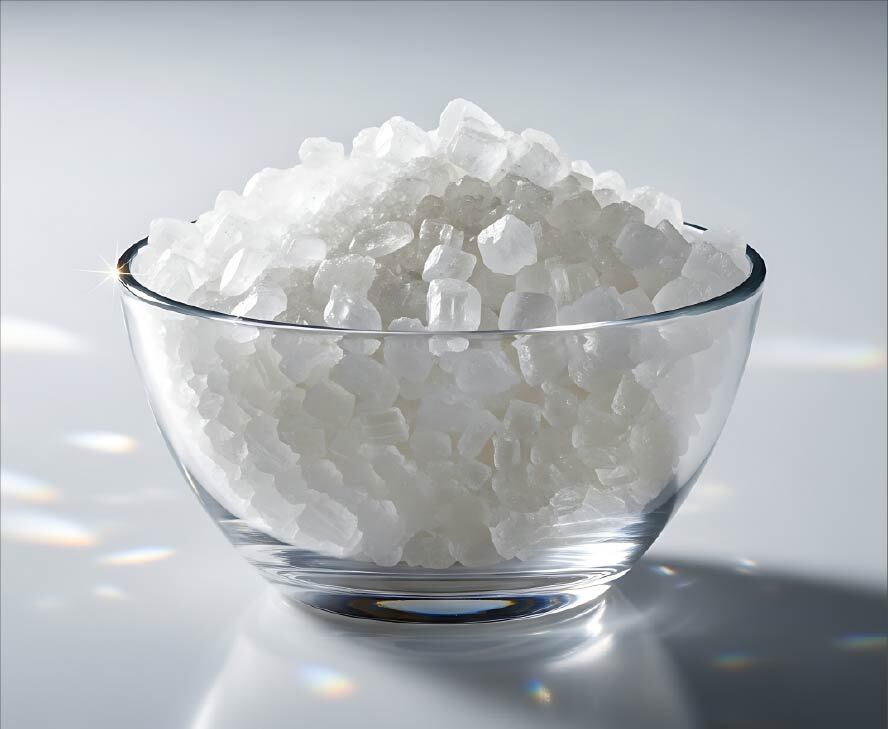Why the U.S. Calcium Nitrate Market Is Set to Soar: Key Trends & Growth Drivers

Calcium nitrate may not be a familiar name in households, but in the world of water treatment and specialty agriculture, this compound has become an indispensable part. According to the latest report on the U.S. Calcium Nitrate market, this sector is projected to grow from 2.58 million tons in 2025 to 4.25 million tons by 2032, which reflects a healthy CAGR of 6.6%. Here’s what the reason for this growth is and why key stakeholders, from specialty farm operations to municipal corporations, need to pay attention to this market.
Municipal Wastewater Treatment: A Major Growth Engine
The U.S. municipal wastewater system has become a significant driver of demand for calcium nitrate. According to the report, controlling odor and corrosion is one of the primary headaches for wastewater utilities. Hydrogen sulfide is a byproduct of sewer networks, which causes foul smell and infrastructure damage due to corrosion. Calcium nitrate stimulates the growth of denitrifying bacteria, which aid in suppressing the anaerobic activity that leads to the formation of hydrogen sulfide. According to EPA data referenced in the report, the U.S. has more than 16,000 publicly owned wastewater treatment plants, which treat approximately 32 billion gallons of sewage daily. Most of the utilities allocate 20-25% of their chemical budget to controlling odor and corrosion. Compared to traditional and more commonly used treatments, such as using iron salts or activated carbon, calcium nitrate stands out because it requires less maintenance, produces less sludge, and tends to be more biologically compatible. As municipalities are looking to modernize their systems, embracing a circular economy model with predictive dosing and intelligent sewer networks, calcium nitrate has emerged as a preferred long-term solution in wastewater management.
Agriculture & Specialty Crops: Precision Demand
In the agricultural sector, calcium nitrate is a highly prized commodity, especially for high-value crops. The Mark and Spark report highlights the use of calcium nitrate in greenhouse farming, horticulture, and other specialty crops because it delivers calcium, which is essential for strengthening plant cell walls, and nitrate nitrogen in a clean, soluble form. Farmers who grow apples, lettuce, and other crops depend on calcium nitrate to prevent quality issues such as blossom end rot in tomatoes and bitter pit in apples.
Pricing Trends: Stability amid Growth
The prices of calcium nitrate in the U.S. have experienced moderate fluctuations, which can be attributed to growing demand and stable supply dynamics. The report indicates that in 2023, the average price of calcium nitrate was approximately $700 per ton, with projections suggesting a rise to $750 per ton by 2025. The prices are expected to increase from USD 780 to USD 810 per ton from 2026 to 2029. This increase is driven by rising demand for calcium nitrate from wastewater treatment, agriculture, and infrastructure investments. Interestingly, the report also forecasts a slight dip from USD 800 to USD 790 respectively, which can be attributed to oversupply and improved production efficiency. By 2032, the price of calcium nitrate is expected to rise back to USD 810/ton, indicating that the market will have established its long-term presence in the industry.
Market Segments & Growth Opportunities
The analysis done by Marks and Sparks breaks down the U.S. calcium nitrate market by its end-use segments:
|
Agriculture
|
Industrial
|
Water Treatment
|
|---|---|---|
|
This is expected to grow from 1.73 million tons in 2026 to 2.55 million tons in 2032, which represents a CAGR of 6.6%.
|
This sector utilizes calcium nitrate in concretes, metal finishing, and other applications, which is projected to reach 0.64 million tons by 2032, up from 0.44 million in 2026, representing a 6.7% CAGR growth.
|
This segment has represented a robust growth, which is expected to rise from 0.48 million tons in 2026 to 0.72 million tons in 2032 with a CAGR of 7.2%
|
Smaller and niche markets, such as pharmaceuticals and other specialized industries, utilize calcium nitrate for its diverse applications, making it a versatile chemical with multiple growth levers.
Strategic Implications & Market Outlook
What does this mean for all of the stakeholders?
• Municipal corporations: This is a strong use case where partnering with calcium nitrate suppliers leverages odor control, compliance, and long-term efficiency.
• Agricultural firms/Growers: With expansion in the farming sector, calcium nitrate will be the first choice for growers seeking quality-focused cultivation.
• Policy Makers: Stricter regulations on wastewater treatment and nutrient management could further provide a boost in adoption.
Over the next decade, the demand for calcium nitrate is expected to remain strong due to sustainability trends, regulatory pressure, and infrastructure modernization.
Conclusion
The calcium nitrate market is undergoing rapid evolution. This growth can be attributed to wastewater management, high-value agricultural practices, and a favorable regulatory landscape. The demand outlook for this compound is very positive, with a substantial segment growth. Moderate but stable pricing and key players embracing innovation make calcium nitrate poised to become an essential commodity in both the chemical and agricultural sectors.